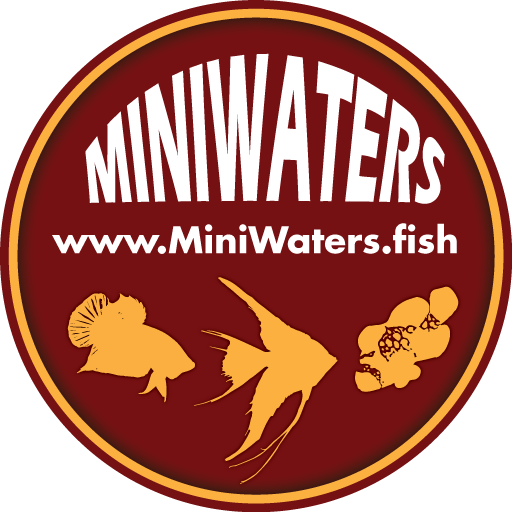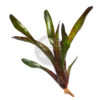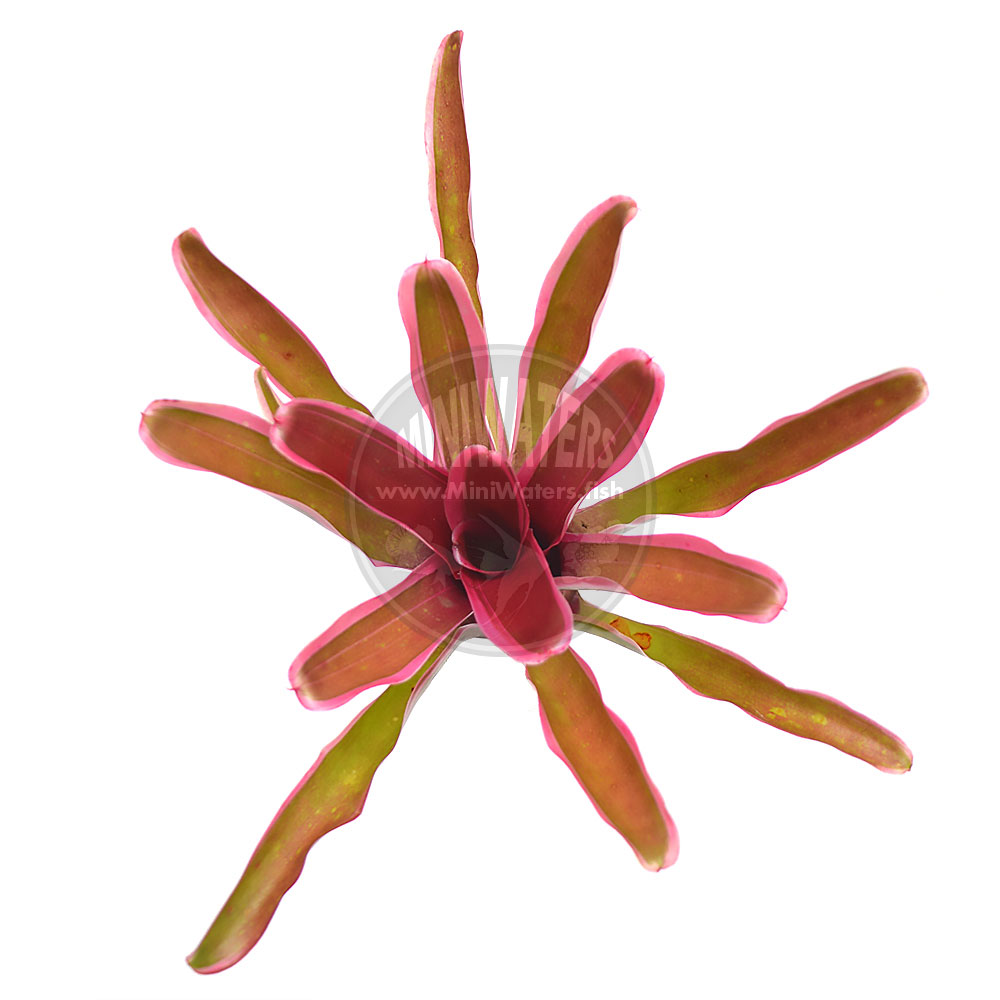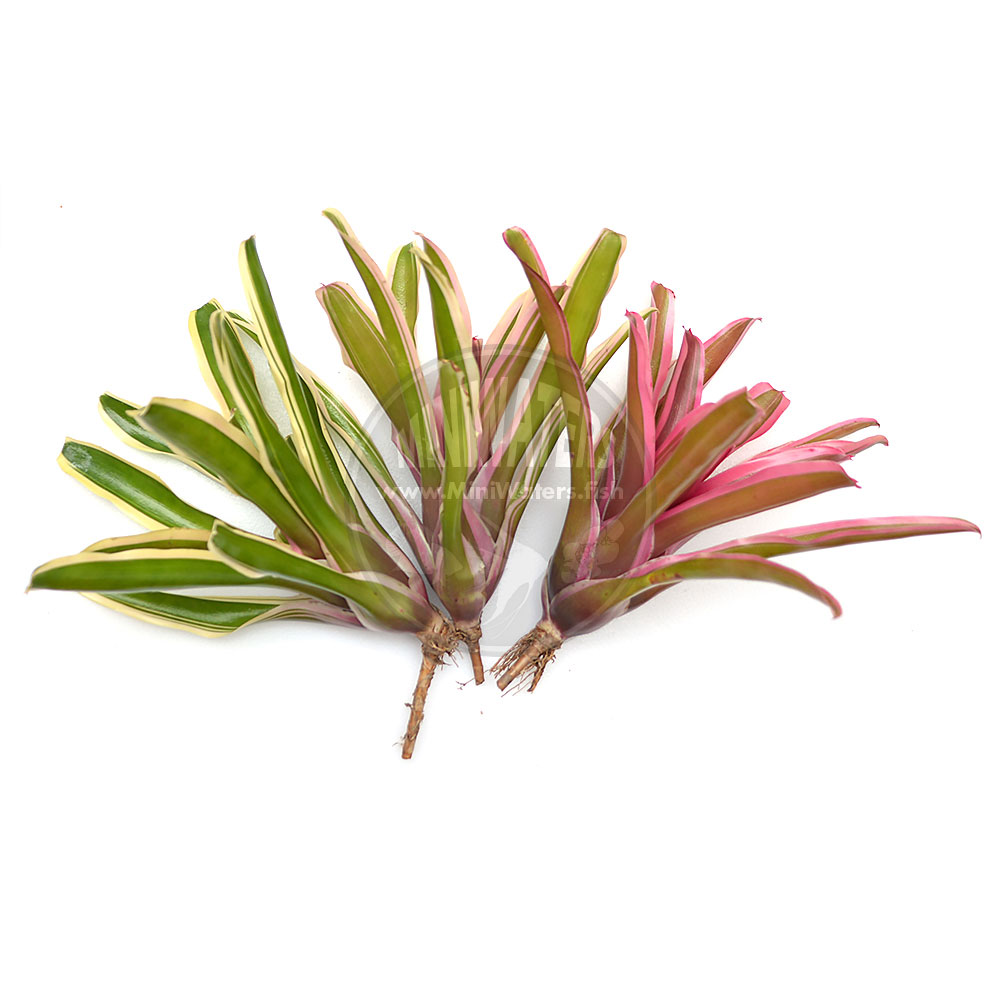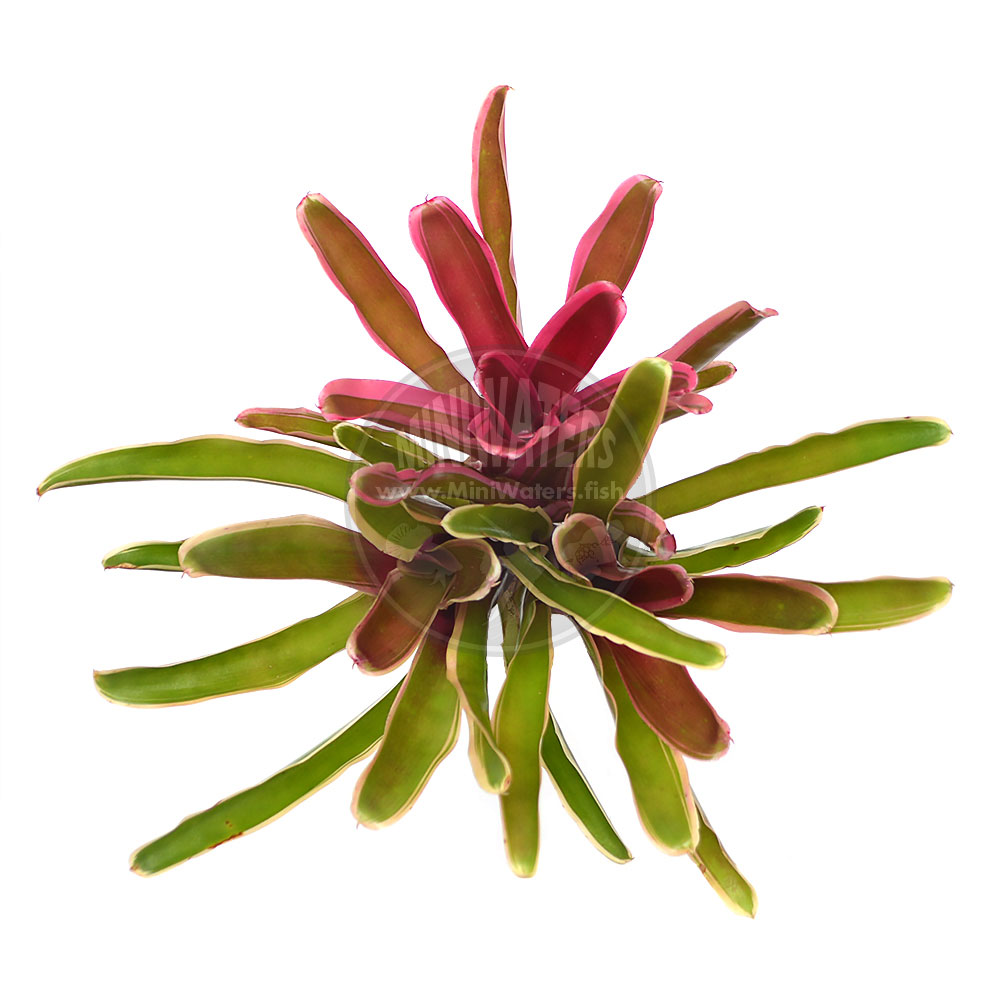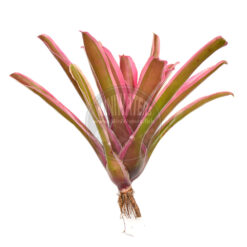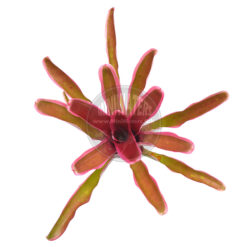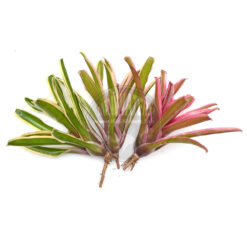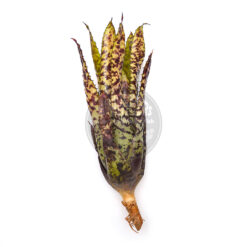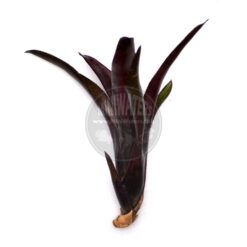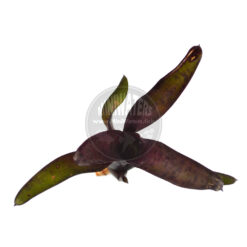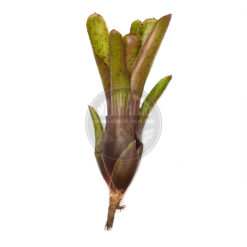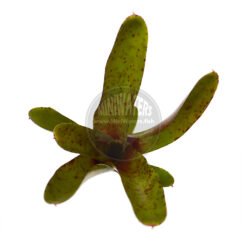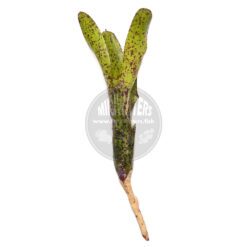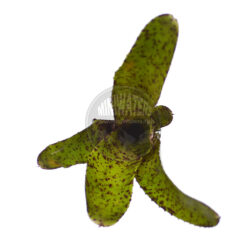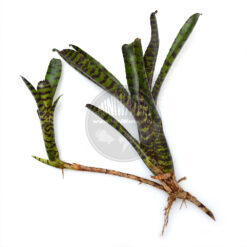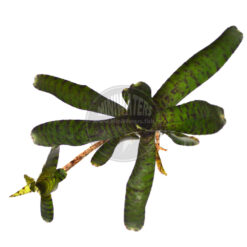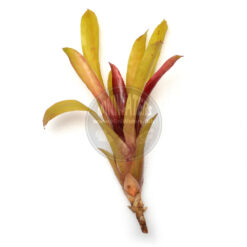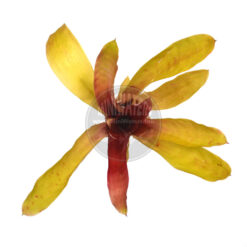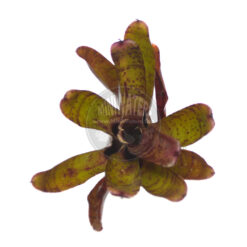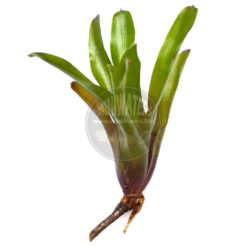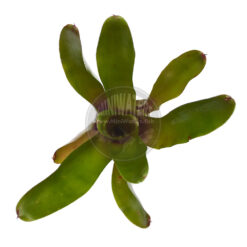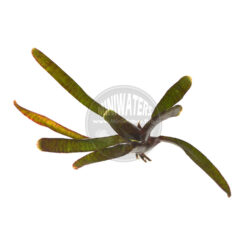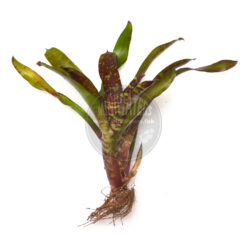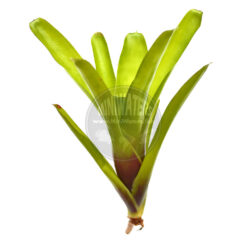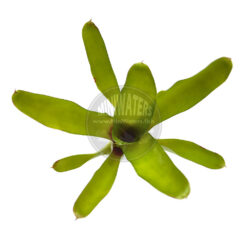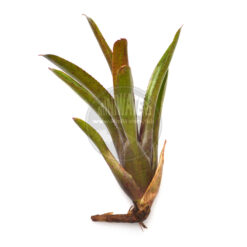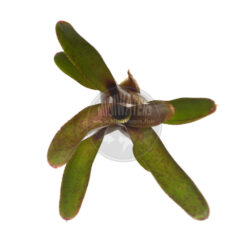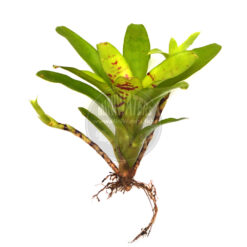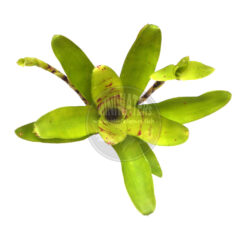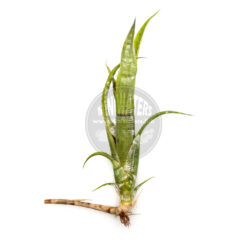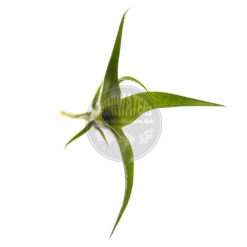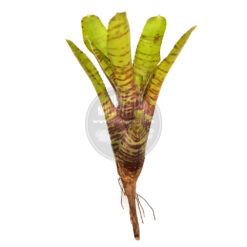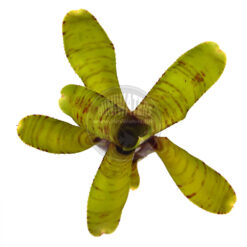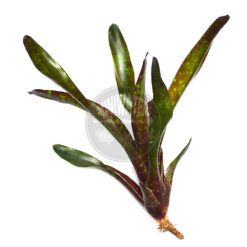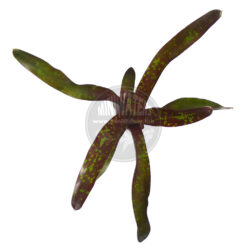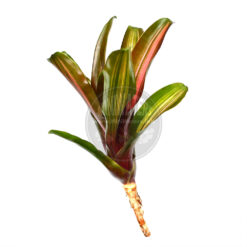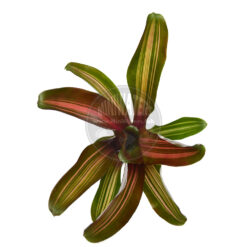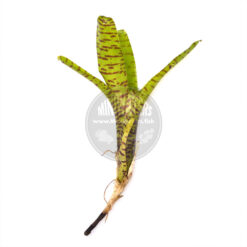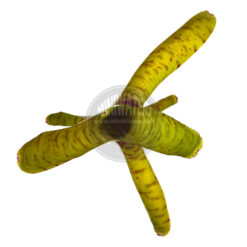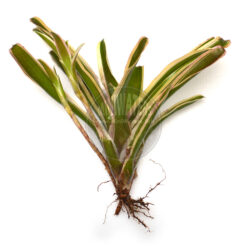Neoregelia Fallan
$15.00
An albomarginated (white-edged) variety resembling Neoregelia Fireball; as such, pretty much the same as Fireball other than the white edging on the leaves! With high light, the white turns pink. Extremely similar if not the same as Neoregelia Donger; if Fallan is out of stock, check to see if I have Neoregelia Donger. Some privately believe they are the same plant. You won’t notice the difference.
Description
An albomarginated (white-edged) variety resembling Neoregelia Fireball; as such, pretty much the same as Fireball other than the white edging on the leaves! With high light, the white turns pink. The amount of white to pink coloration varies and is driven by high light. We will ship what we have…if it’s white and green, and you want pink, give it strong light. If it’s pink and green and you want to maintain it, give it strong light. If you want it to keep (or develop) the more subtle white and green coloration, cooler temps, lower light.
Extremely similar if not the same as Neoregelia Donger; if Fallan is out of stock, check to see if I have Neoregelia Donger. While Fallan is suggested to be a Fireball hybrid which was found in Australia, at least one bromeliad specialist privately believes they are the same plant. You won’t notice the difference.
General Neoregelia Care Information
Summarizing many different sources, Neoregelia Bromeliads are usually grown mounted (epiphytically), although they can be potted in well-draining substrates. There are many ways to mount a bromeliad, the main goal is to prevent movement until new roots can firmly anchor the plant.
On the whole, these tropical plants appreciate humidity and tropical temperatures. Their central “tank” or water storage cup should be periodically flushed with fresh water. They also appreciate air movement. Strong lighting and minimal nutrient availability produces the best color (aka. “growing hard”); coloration will vary in the plants you receive and will change depending on your growing conditions.
Bromeliads produce “pups”, asexually-produced new growths on stolons which ultimately grow into another mature plant. Individual Neoregelia growths can last up to 3-4 years; they will bloom only once (typically small purple flowers that are held within the central cup), and start to fade and die thereafter, leaving behind their pups. Buying pups means the plants you receive are younger and will last longer, while larger plants offer instant gratification and will get you to the pupping stage sooner. General recommendations are that pups should not be removed until they are half the size of the mother plant, and removing pups can encourage more to be produced during the lifespan of the mother plant.
About MiniWaters Vivarium Plants
Any plant whose cultivation condition is denoted as “sanitized” has been put through MiniWater’s bleach treatment and have been held in animal-free conditions following this treatment. While we do not guarantee our plants to be disease and pest free, we believe we are offering the lowest-risk plants possible. We encourage all customers to sanitize any plants they purchase from us, or any other vendor or hobbyist, prior to their use with your animals.
Visit www.MiniWaters.fish/vivplants for further details about how we grow our plants animal-free with organic methodologies while integrated pest management protocols, as well as detailed instructions for our bleach-sanitizing process.
Additional information
| Source | MiniWaters |
|---|---|
| Cultivation Condition | Field/Nursery Grown |
| Sizes Available | Offset/Pup |
| Max Height (approximate) | 6" |
| Max Diameter (approximate) | 8" |
| Reference Link | http://www.bromeliad.org.au/news/DD0411.htm, https://bsi.org/registry/?genus=NEOREGELIA&id=10469#10469 |
| Wholesale Available | Yes |
Related products
Bromeliads
Bromeliads
Bromeliads
Bromeliads
Bromeliads
Bromeliads
Bromeliads
Bromeliads
Bromeliads
Bromeliads
Bromeliads
Bromeliads
Bromeliads
Bromeliads
Bromeliads
Bromeliads
Bromeliads
Bromeliads
Bromeliads
